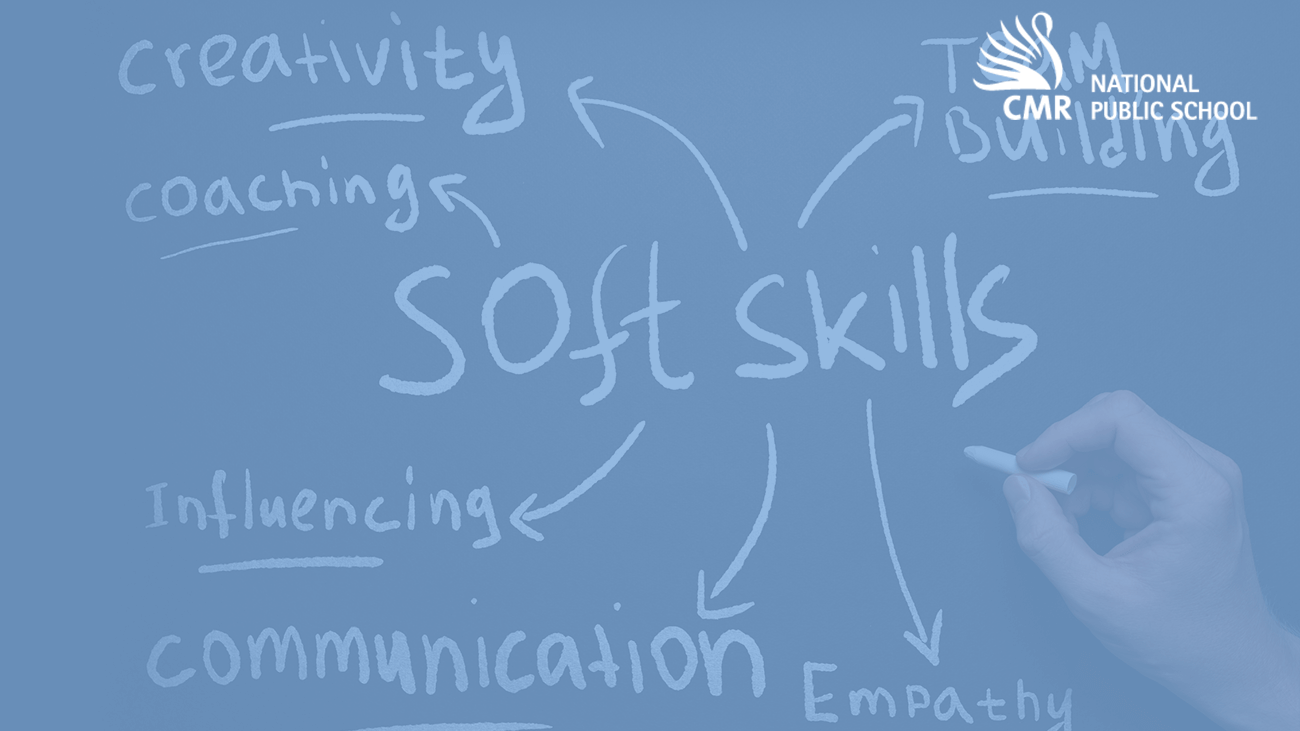The recent years have been characterised by ‘waves’. No, I am not talking about the recurring COVID waves. The digital world, which is the heart and soul of the 21st century has undergone several transformations, most of which were welcome as they brought us more comfort and efficiency in the work we do. But is incorporating ‘Minimalism’ a good idea?
Minimalism was first defined by the Greek Stoic philosophers, who were experts at finding satisfaction with whatever they had, without any room for greed. This was looked down upon as it is in the very fabric of human beings to strive for getting a better life. The concept was dormant for many ages until it was unexpectedly revived after the chaos of World War II. However, this time, minimalism resurfaced as an art movement.
Philosophy enthusiasts often complain about the difficulty they face in explaining to the general public what minimalism is and what it stands for. It is a common misconception that following a minimalistic life is to be lazy and not willing to go the extra mile. This is not the case. Minimalism is the way to find happiness, solace, and appreciate the smaller parts in life that are overlooked in the grand scheme of things.
The corporate world capitalised on a rather abstract topic of minimalism and integrated it into their products. A paradigm shift has been created; people have expressed their affinity to monochromatic yet sleek design look from the explosion of font and colours that was prevalent in the late 1990s. Leading pioneers in this movement range from tech bosses like Apple and Adobe to the fashion industry such as GAP. Food industry giant, Dunkin’ Donuts has also seemed to hop onto the trend train, sporting their new logo with just the words “Dunkin”.
Logos are integral and the most important aspect for a company. It is their front face. An ideal logo as a CEO would describe would be “designs which reflect upon your past, work upon your present and walk towards the future”. The logo is the vision of the company visualised. It brings a sense of ownership in their products both to the customers and the employers. The bold move taken by the corporate giants in changing their logos is commendable, for they ensure that the quality of the product remains unparalleled.
However, unlike most changes introduced to the corporate world, the jury is still at large in accepting minimalism into their favourite apps and software. The recent logo change brought to the much-beloved Google Apps has not gotten a positive response from the large user base. They argue that the uniformity in looks has compromised usability. The recent ultra-minimalistic look of the Firefox logo has brought a negative perception of minimalism. Nostalgia is a key factor in logos. While it is appreciative for companies to have a steadfast look at the future, appreciating the past and expressing gratitude to the customers must also be of importance.
Fortunately, not everything has crippled due to the introduction of minimalism into the corporate world. Aestheticism and minimalism seem to go hand-in-hand in providing an easy to access user interface and fewer screen clutters without compromising on their performance. This has been granted a seal of approval from many users globally.
By, Pranav Sudhir Kashyap, Editorial Head, Grade 12
Popular Searches
- 10 things teachers need
- Kindergarten Education
- Montessori and Kindergarten
- Choose Private Schools
- what is mental health?
- Ways to Develop a Growth Mindset
- Time management strategies
- Design Thinking Challenge
- Design Thinking Challenge
- Design Thinking Challenge
- Design Thinking Challenge
- Design Thinking Challenge
- Design Thinking Challenge
- Online Learning for Students
- English Reading List
- Gratitutde
- Learning a New Language
- Managing Stress
- Useful Online Tools
- Focus on the Process
- Life Lessons From Sports
- Understanding Emotions
- Journey to Good Enough
- Getting Ready for Exam
- Understanding Change
- Feminism for Everybody
- Self Confidence
- Parents Expectations From Teachers
- Importance of Mental Health
- Encouraging Ideas
- Oral Health
- Internet Safely
- Things Student Miss About School
- Heart Gratitude
- Good Classroom Management
- Writing for an Audience
- Future Leaders
- Age Discrimination
- Sky is not the Limit
- Physical Education
Recent Blogs
-
Teacher’s Day Celebrations at CMR NPS: A Bollywood Extravaganza
September 25, 2024Teacher’s Day at CMR NPS is always a special occasion and this year was no exception. This year's Bollywood theme brought extra sparkle as our teachers kicked off the day... -
Blazing Hoops 2024
September 25, 2024On August 27, CMR National Public School hosted Blazing Hoops, the thrilling inter school basketball competition with a decade-long legacy. Teams from several schools came together for the event, all... -
 What are soft skills, and why is it essential to inculcate them in children?
What are soft skills, and why is it essential to inculcate them in children?
May 17, 2024The Significance of Soft Skills Soft skills like communication, emotional intelligence, and critical thinking can significantly impact a child’s everyday mental clarity, vitality, self-awareness, commitment and acuity. James J Heckman...


